Queens who were just as influential as famous kings
Throughout the annals of history, queens have played pivotal roles in shaping the destinies of nations and empires. Whether through their political acumen, cultural influence, or sheer determination, these formidable women have left indelible marks on the pages of time.
Their stories are as diverse as they are fascinating, offering a glimpse into the power and complexity of female leadership across different eras and cultures.
Cleopatra: The Last Pharaoh of Egypt
![[redacted], c](https://media.tellmebest.com/wp-content/uploads/2023/08/cleopatra-c-49446.jpeg)
Cleopatra VII is perhaps one of the most famous queens in history, known for her intelligence, charisma, and political savvy. As the last active ruler of the Ptolemaic Kingdom of Egypt, she was fluent in several languages and was educated in mathematics, philosophy, and astronomy.
Cleopatra’s alliances with Julius Caesar and later Mark Antony were not just romantic entanglements but strategic moves to strengthen her power and protect Egypt’s independence.
Queen Elizabeth I: The Virgin Queen
![[redacted], Queen of England and Ireland, c1588. Artist: George Gower](https://media.tellmebest.com/wp-content/uploads/2020/09/463894711-14781.jpg)
Queen Elizabeth I of England, the daughter of Henry VIII and Anne Boleyn, reigned during a period known as the Elizabethan Era, a time of flourishing English drama and exploration.
Despite numerous marriage proposals, Elizabeth chose to remain unmarried, earning her the nickname ‘The Virgin Queen.’ Her reign saw the defeat of the Spanish Armada in 1588, establishing England as a dominant maritime power and fostering a sense of national pride and identity.
Catherine the Great: Empress of Russia
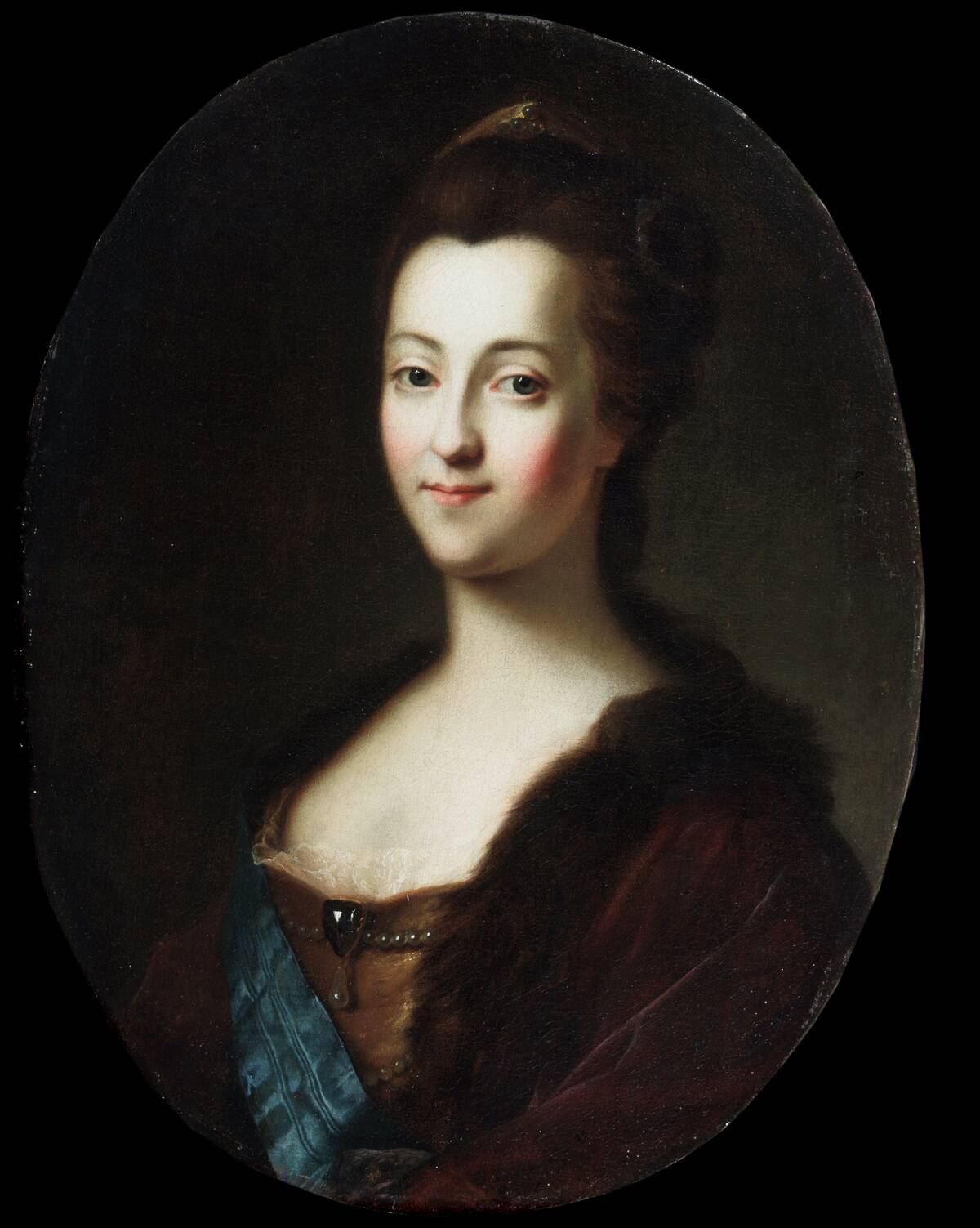
Catherine the Great was an enlightened despot who expanded the Russian Empire and modernized its administration. Originally a German princess, she came to power after a coup d’état that deposed her husband, Peter III.
Her reign witnessed significant cultural advancements, as she corresponded with Voltaire and patronized the arts, leading to the flourishing of the Russian Enlightenment. Catherine’s domestic policies aimed at reforming serfdom and promoting education, though not all were successfully implemented.
Queen Victoria: The Grandmother of Europe
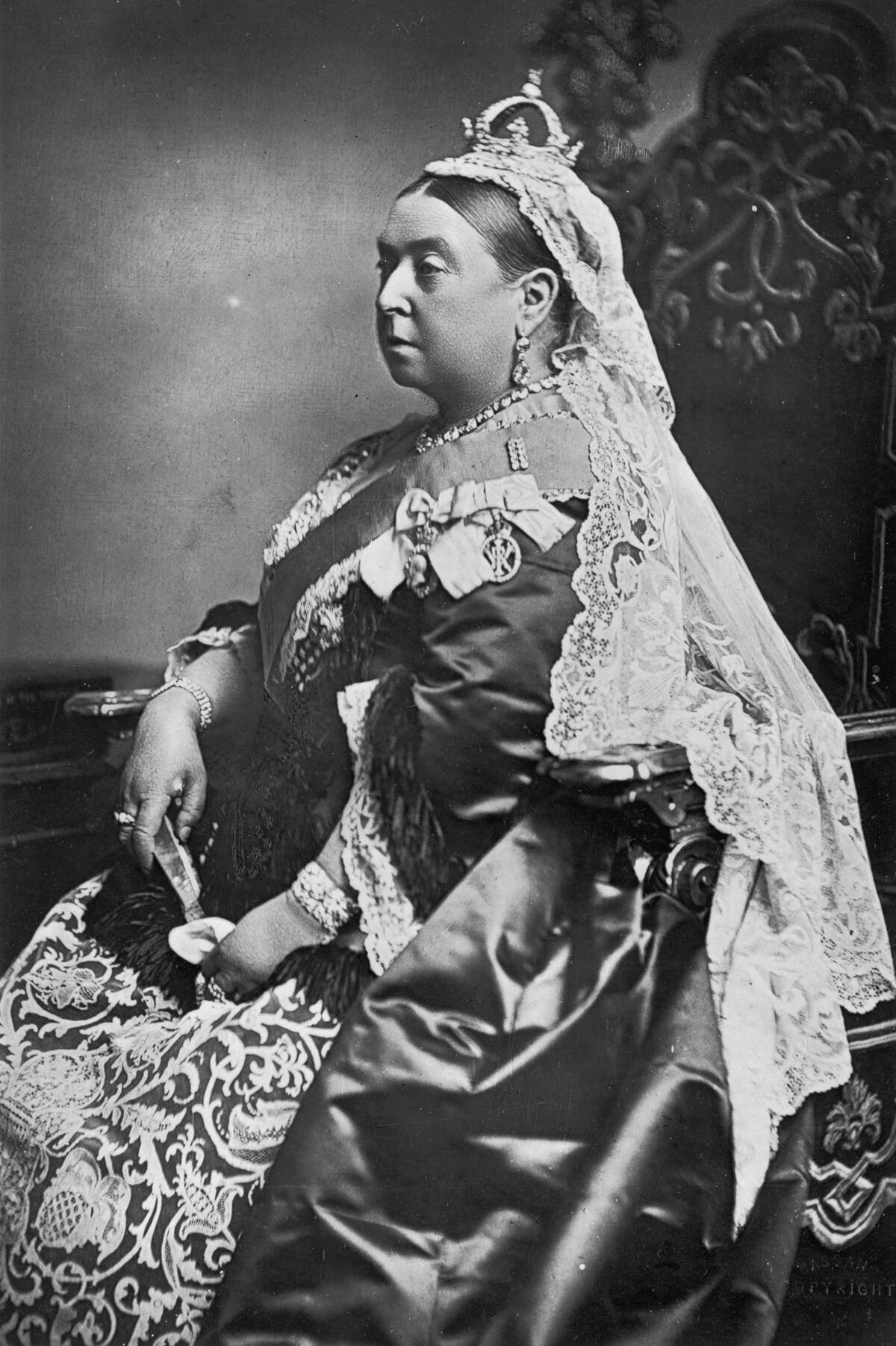
Queen Victoria reigned for 63 years, overseeing a period of immense industrial, cultural, and political change in Britain. Known as the ‘Grandmother of Europe,’ she was related to many European monarchs through her nine children.
Her reign, known as the Victorian Era, was marked by the expansion of the British Empire and significant social reforms, including the improvement of working conditions. Queen Victoria’s personal journals provide a window into her life and the values of her time.
Hatshepsut: The Female Pharaoh
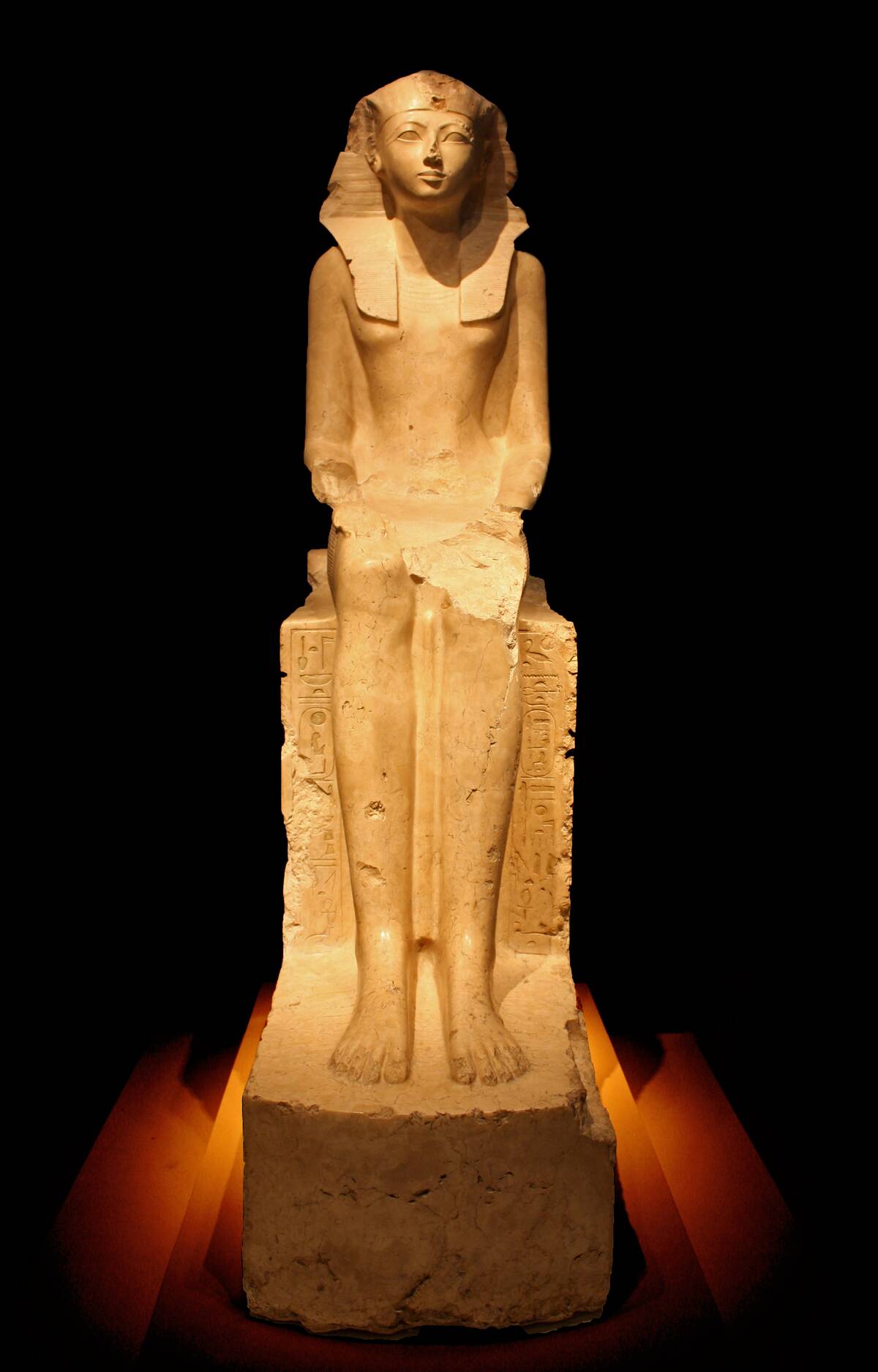
Hatshepsut was one of the few female pharaohs of ancient Egypt, ascending to the throne in the 15th century BCE. She ruled for about two decades, during which time she established trade networks, commissioned impressive building projects, and maintained peace.
Notably, she often depicted herself in traditional male pharaoh attire and took the mantle of king, rather than queen. Hatshepsut’s temple at Deir el-Bahari is celebrated for its architectural grandeur and artistic innovation.
Queen Isabella I of Castile: The Catholic Monarch
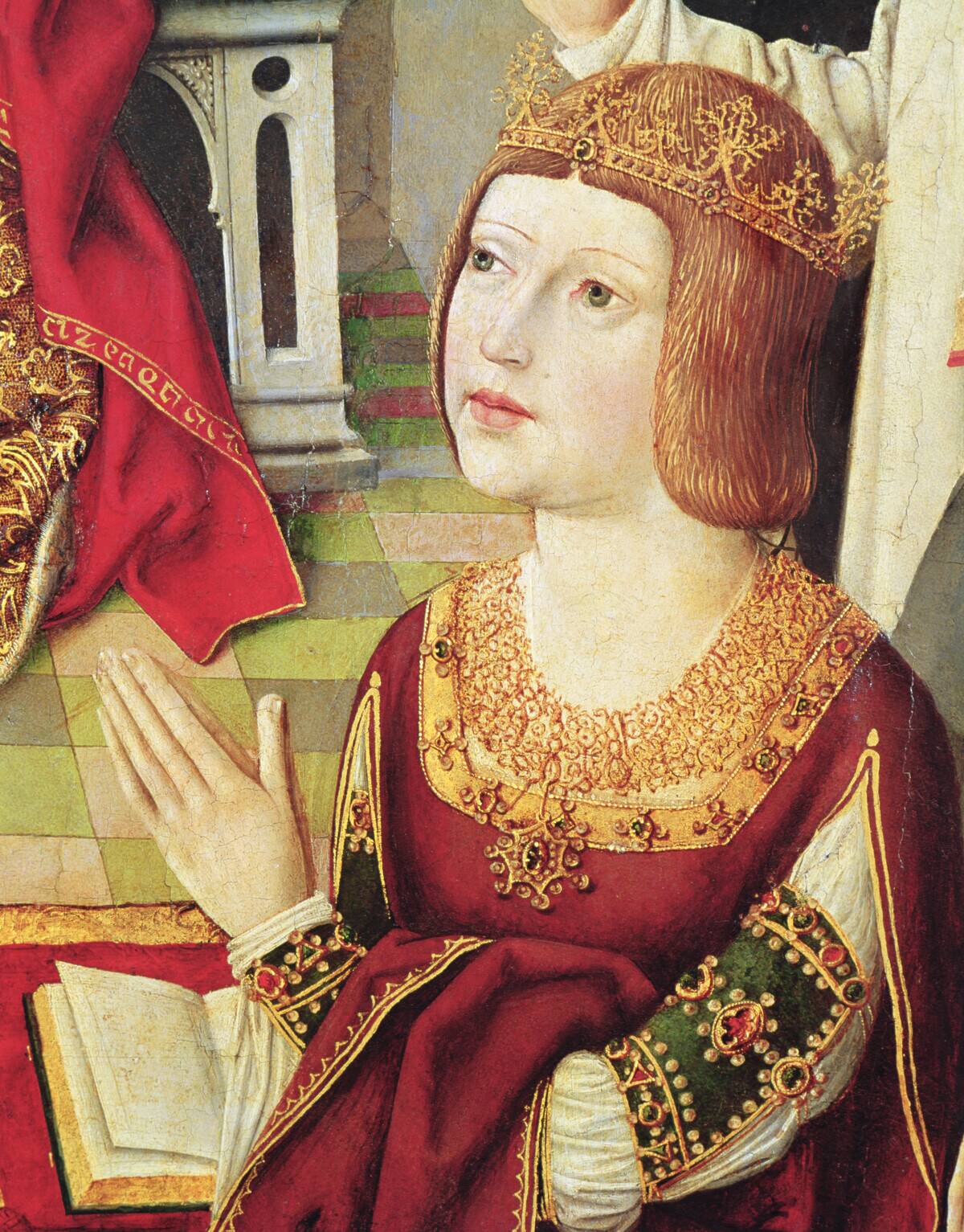
Queen Isabella I of Castile, alongside her husband, King Ferdinand II of Aragon, completed the Reconquista and sponsored Christopher Columbus’s 1492 voyage, which led to the European colonization of the Americas.
Her reign is noted for the unification of Spain under Catholic rule and the establishment of the Spanish Inquisition. Isabella’s legacy is complex, as her policies greatly influenced global exploration and religious uniformity, with lasting impacts on European and world history.
Empress Wu Zetian: China’s Only Female Emperor
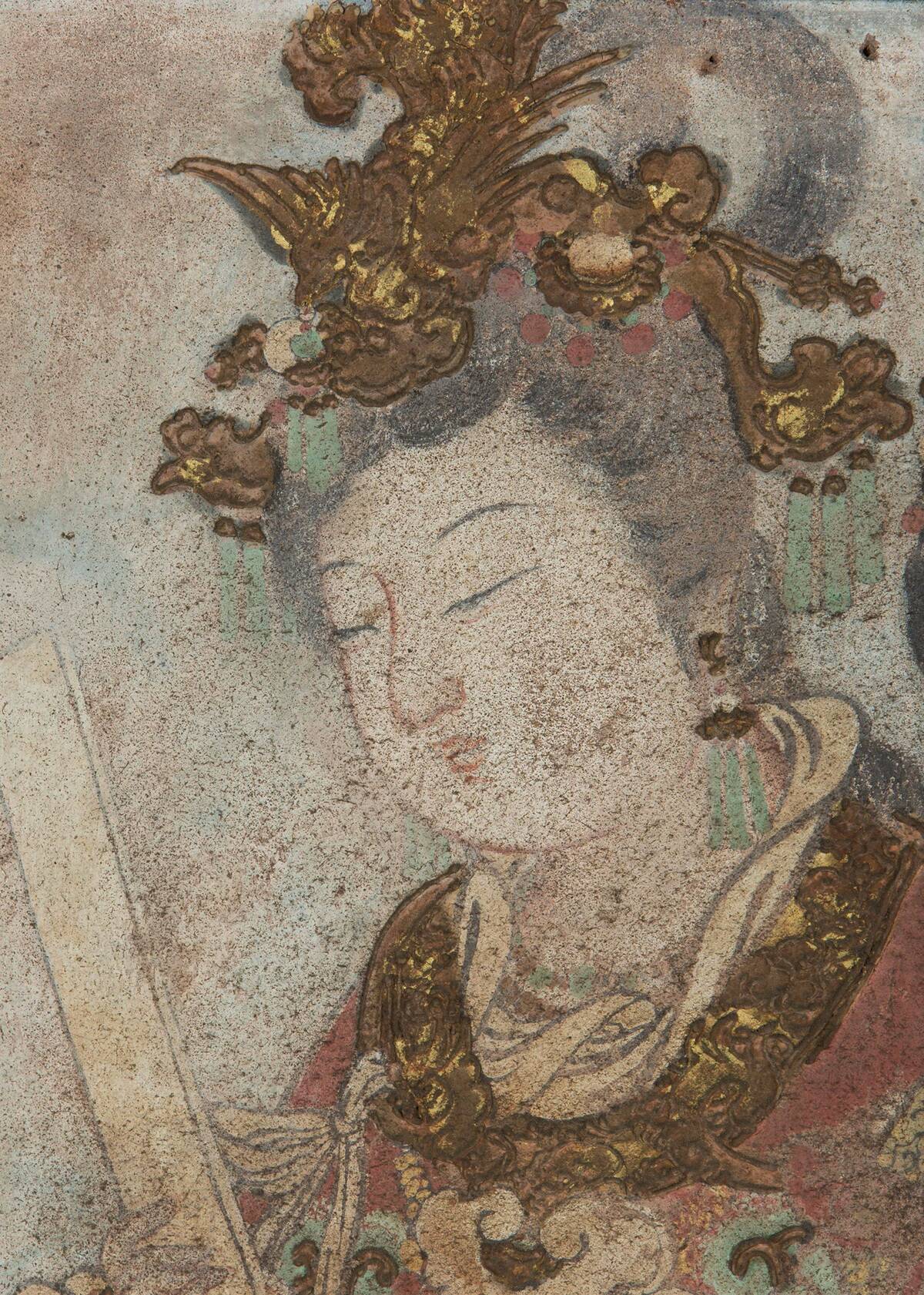
Wu Zetian, China’s only female emperor, ruled during the Tang Dynasty (rather her own specific pocket called the Wu Zhou Dynasty) and was known for her effective governance and ambitious reforms. She rose to power through a combination of political acumen and strategic alliances, eventually declaring herself emperor in 690 CE.
Wu Zetian’s reign saw the expansion of the Chinese empire, improvements in agriculture, and the promotion of Buddhism. Despite her controversial rise to power, her leadership left a lasting impact on China’s history.
Anne of Brittany: Twice a Queen Consort of France
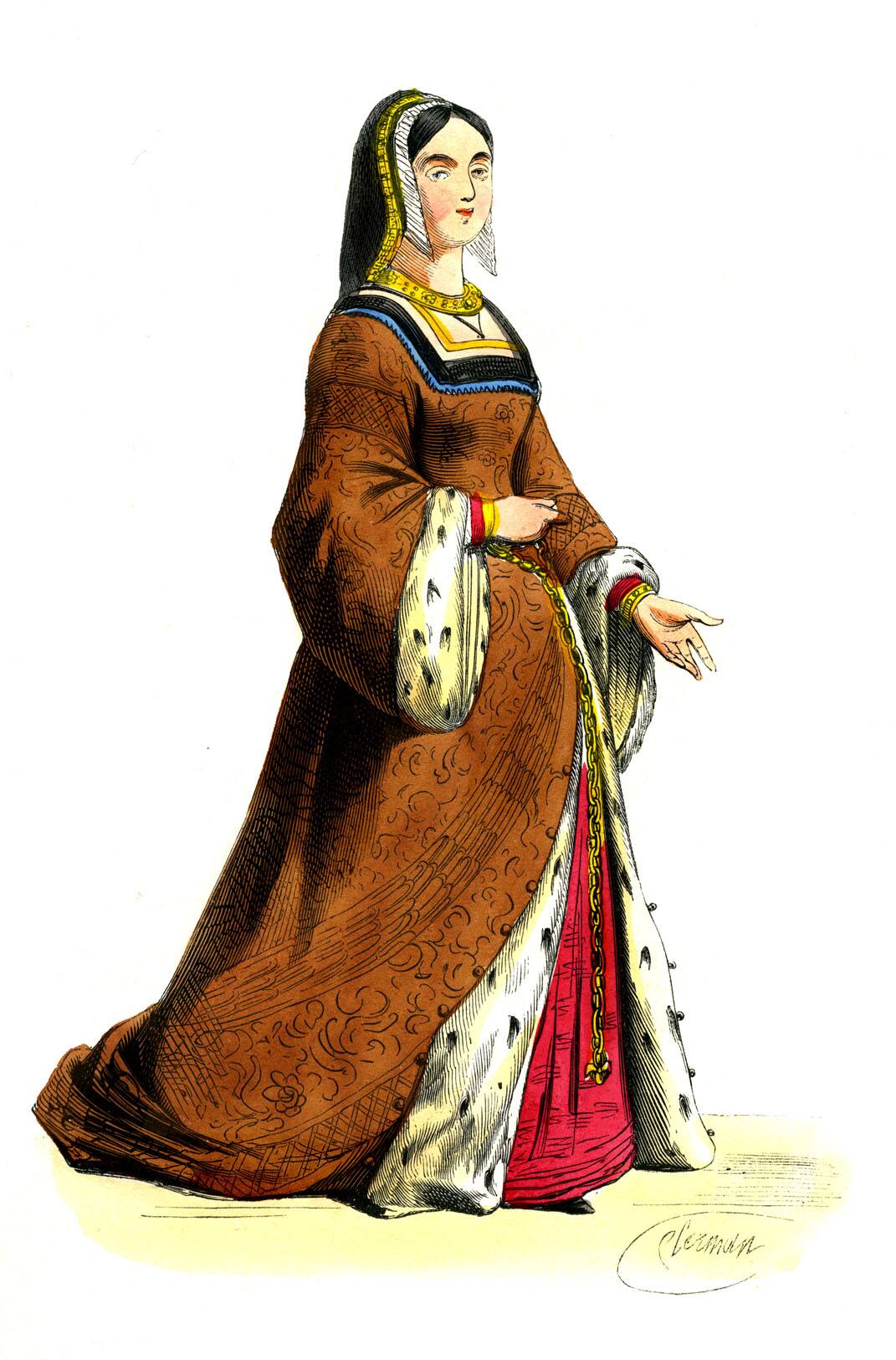
Anne of Brittany was the Duchess of Brittany and twice became the Queen Consort of France through her marriages to Charles VIII and Louis XII. Her life was a constant struggle to maintain Brittany’s independence from French control.
Anne was a notable patron of the arts and played a crucial role in the cultural and political landscape of France during her time. Her efforts to preserve Breton autonomy and promote Renaissance ideas were significant aspects of her legacy.
Queen Nefertiti: The Iconic Egyptian Queen
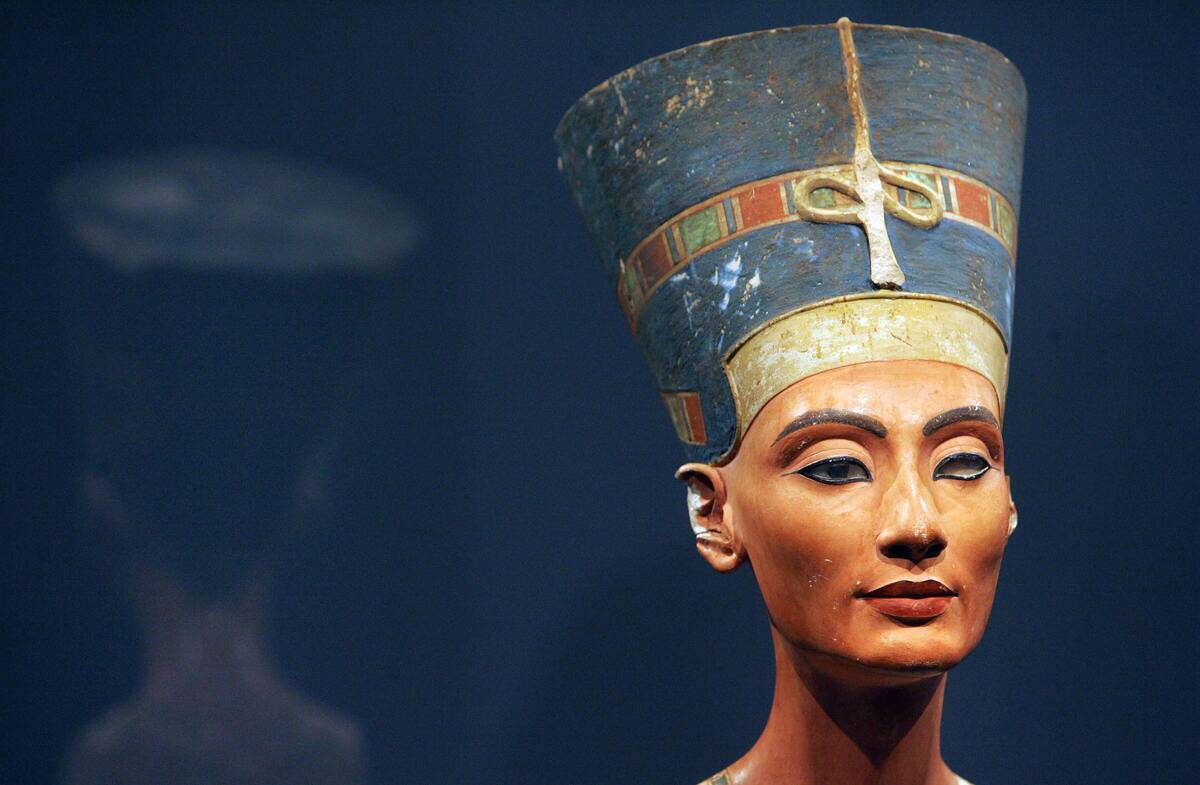
Queen Nefertiti, wife of Pharaoh Akhenaten, is one of ancient Egypt’s most iconic queens, known for her beauty and powerful status. She played a significant role in the religious revolution that shifted Egypt’s polytheistic beliefs towards monotheism, worshipping the sun god Aten.
Nefertiti’s bust, discovered in 1912, has become a symbol of ancient Egyptian art. Her influence during the Amarna Period is celebrated for both its artistic and cultural innovations.
Queen Liliʻuokalani: The Last Monarch of Hawaii
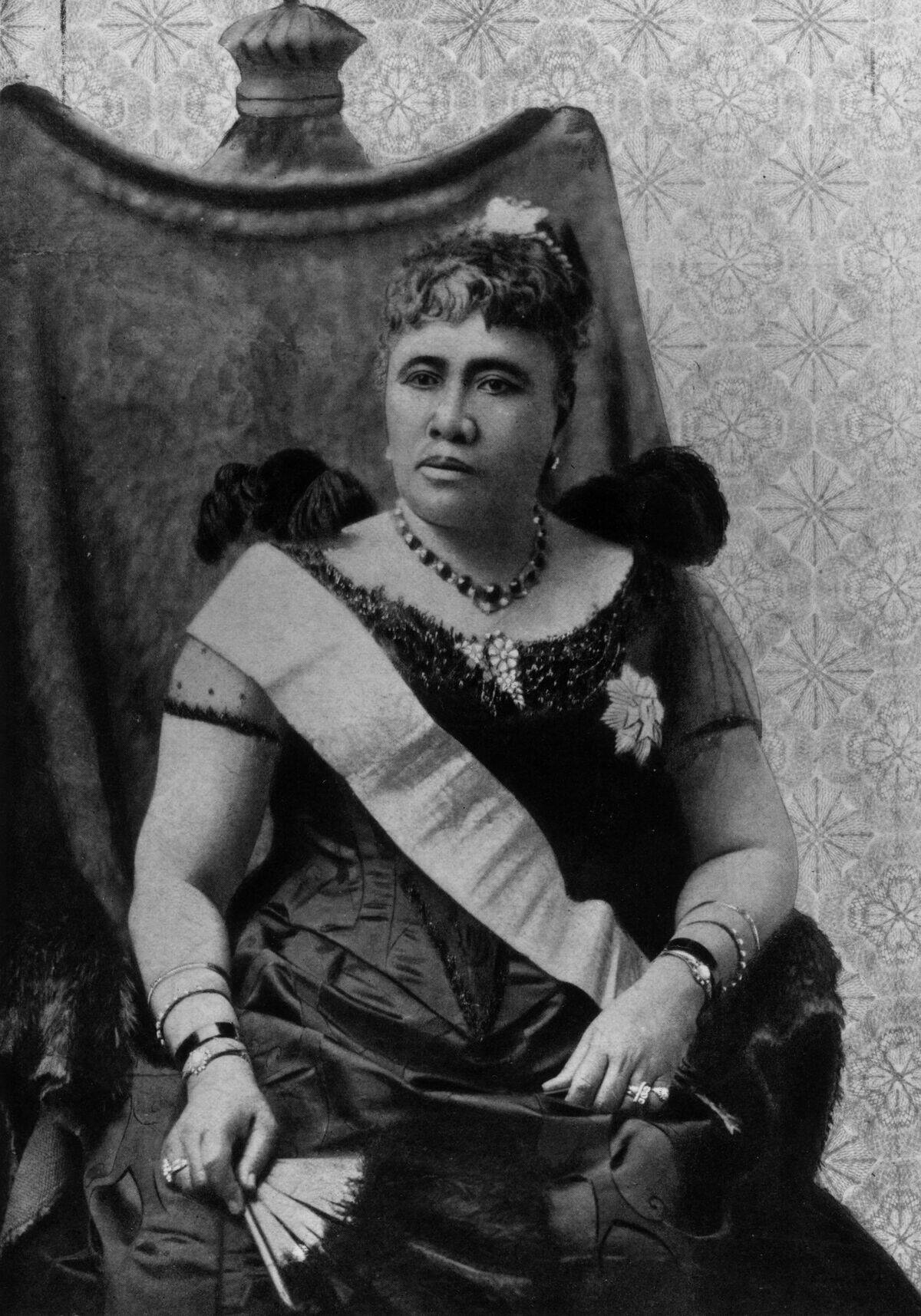
Queen Liliʻuokalani was the first and only reigning Hawaiian queen and the last sovereign monarch of the Kingdom of Hawaii. Her reign was marked by efforts to strengthen the monarchy and preserve Hawaiian sovereignty against American influence.
Liliʻuokalani composed numerous songs, including the famous “Aloha ʻOe,” and was a beloved cultural figure. Despite the overthrow of her kingdom in 1893, she remained a symbol of Hawaiian identity and resilience.
Maria Theresa: The Habsburg Empress
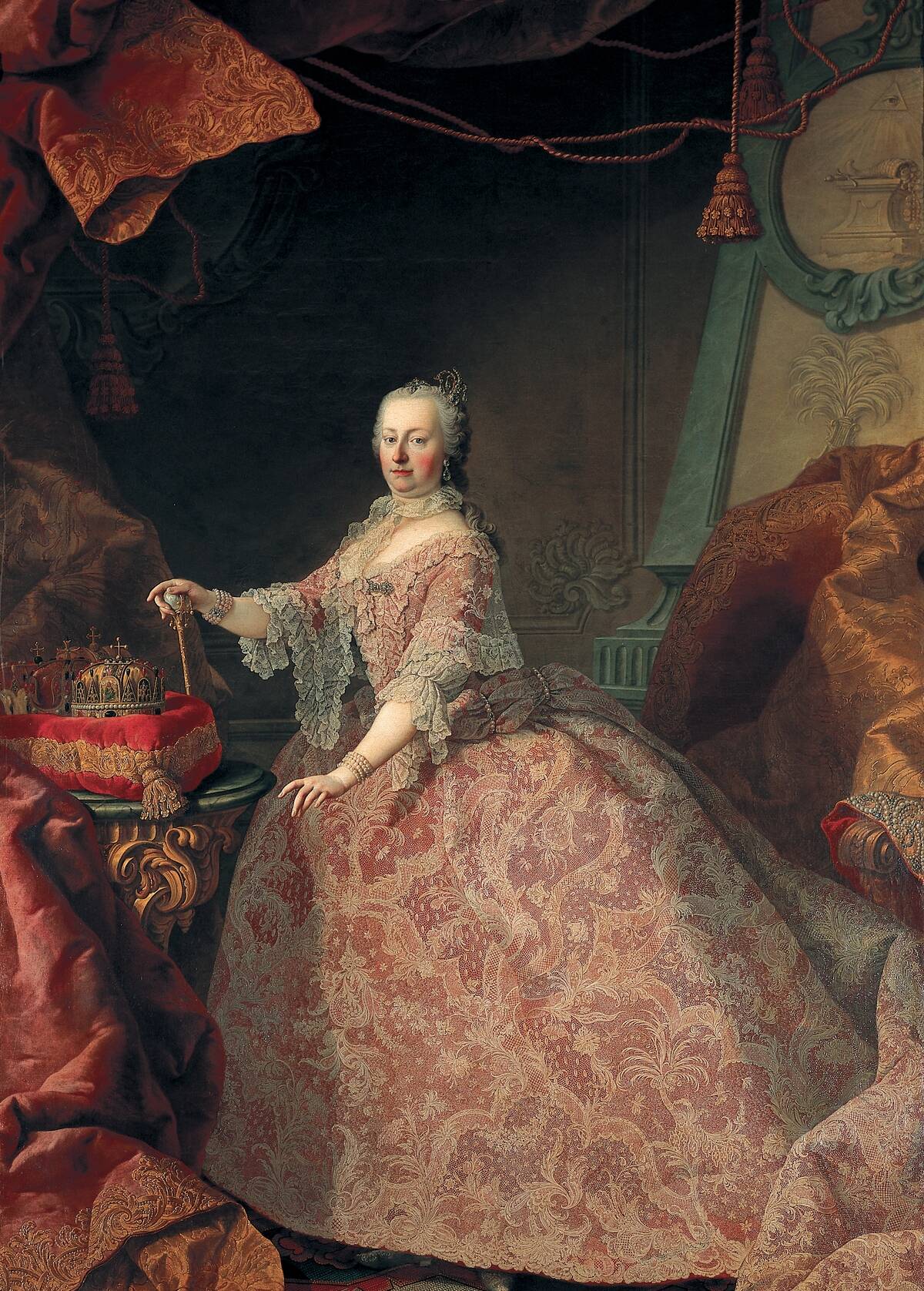
Maria Theresa was the only female ruler of the Habsburg dominions and the last of the House of Habsburg. Her reign from 1740 to 1780 was characterized by significant reforms in education, the military, and administrative policies.
As a mother of 16 children, she attempted to ensure the continuation of her dynasty, most notably through her daughter Marie Antoinette. Maria Theresa’s influence extended beyond her territories, as her policies helped shape the future of Central Europe.
Queen Zenobia: The Rebel Queen of Palmyra
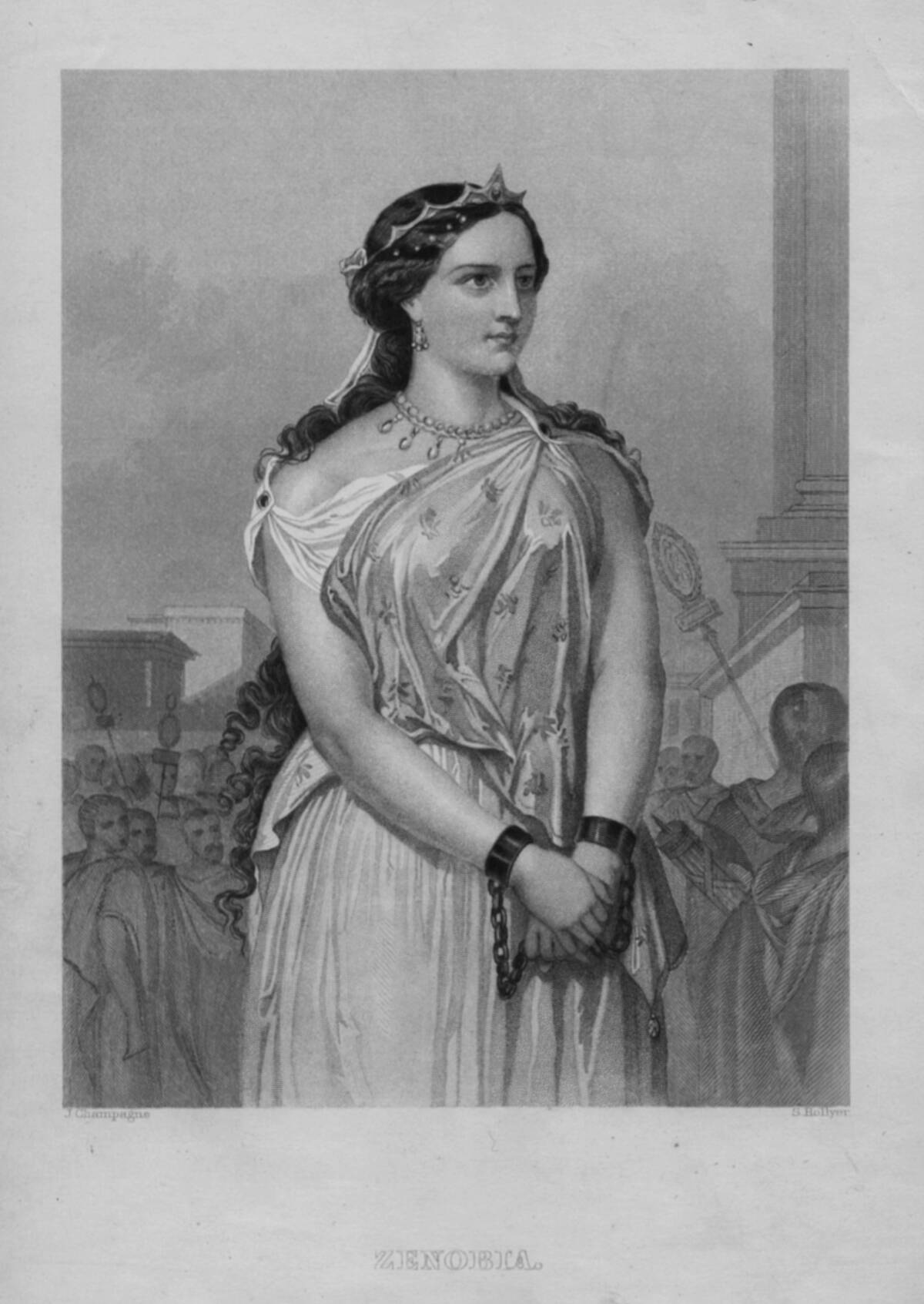
Queen Zenobia ruled the Palmyrene Empire in the 3rd century AD, challenging the authority of the Roman Empire. Known for her intelligence and military prowess, she expanded her empire across much of the Roman East.
Zenobia’s rebellion against Roman rule was ultimately quashed, but her legacy as a formidable and strategic leader endures. Her story is celebrated as one of defiance and ambition in the face of overwhelming odds.
Queen Margrethe II: Denmark’s Modern Monarch
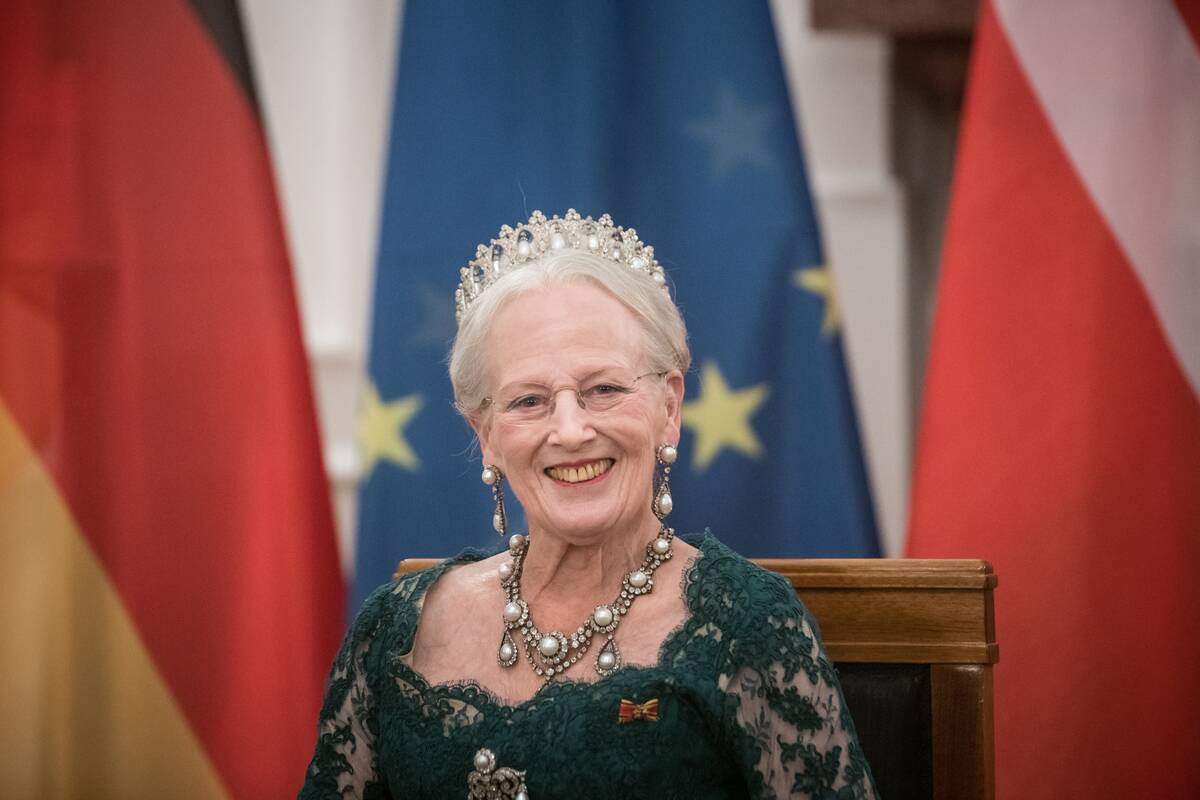
Queen Margrethe II was Denmark’s reigning monarch between 1972 and her abdication in 2024, known for her artistic talents and dedication to public service. She is an accomplished painter and translator, contributing to Danish culture alongside her royal duties.
As a constitutional monarch, Margrethe II played a ceremonial role, but her influence is significant in maintaining the country’s traditions and unity. Her long reign has been marked by modernization and an embrace of cultural diversity. She also enjoyed consistent public approval, only abdicating due to health issues.
Queen Seondeok: The First Female Korean Ruler

Queen Seondeok of Silla was the first reigning queen in Korean history, ascending the throne in the 7th century. Her leadership was marked by successful efforts to unify the Three Kingdoms of Korea and promote Buddhism.
She commissioned the construction of the famous Cheomseongdae Observatory, the oldest surviving astronomical observatory in East Asia. Seondeok’s reign was a period of cultural and scientific advancement, laying the groundwork for future prosperity in Korea.
Queen Himiko: The Shaman Queen of Japan

Queen Himiko is remembered as a shaman queen who ruled the ancient Japanese kingdom of Yamatai during the 3rd century. Her rule is documented in Chinese historical texts, describing her as a spiritual leader who brought peace after a period of turmoil.
Himiko’s governance was marked by diplomatic relations with China, enhancing trade and cultural exchange. Although her exact historical footprint is debated, her legacy as a unifying and mystical figure remains significant.
Queen Anne: The Last Stuart Monarch
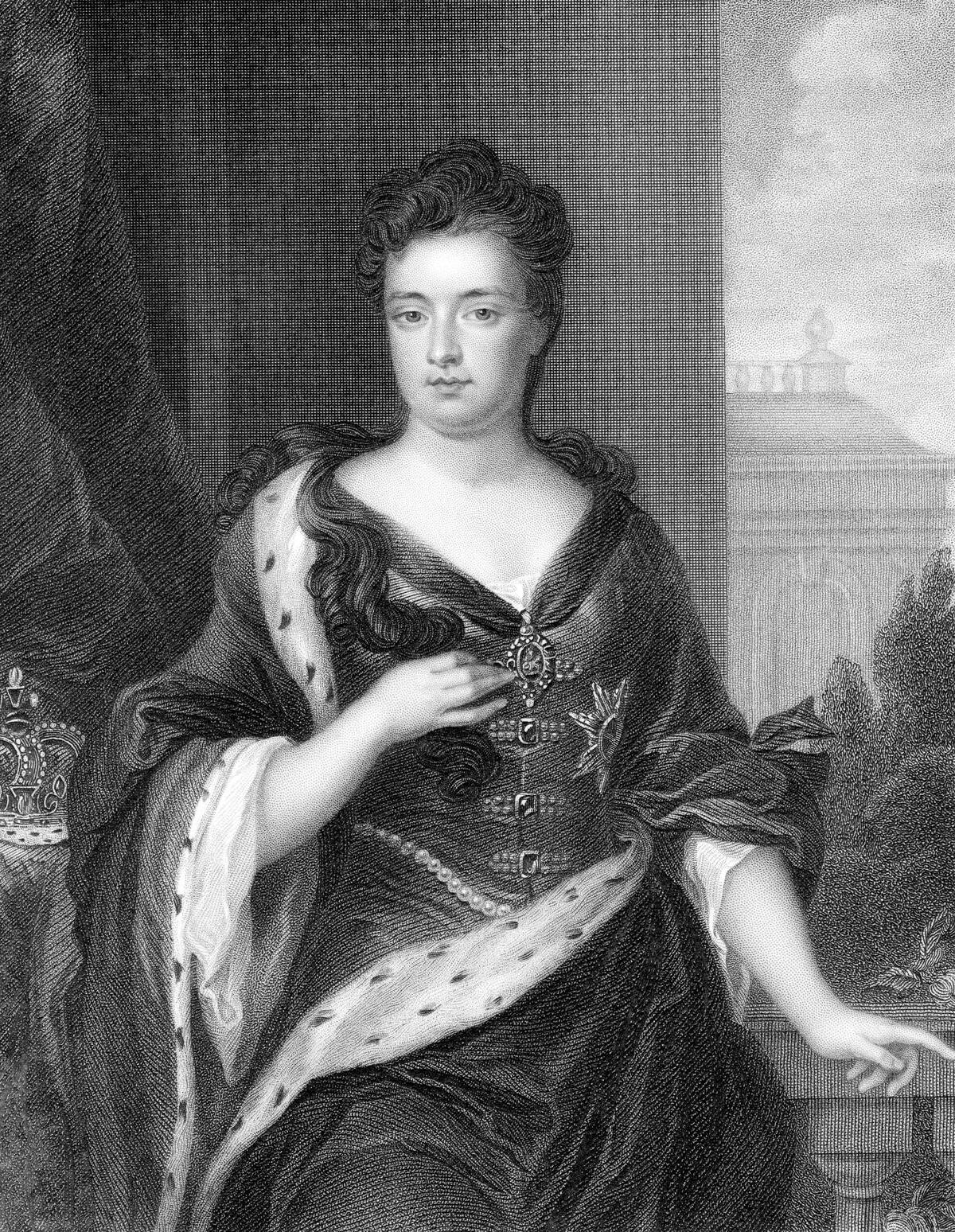
Queen Anne was the last monarch of the House of Stuart, ruling Great Britain and Ireland from 1702 to 1714. Her reign saw the unification of England and Scotland into a single sovereign state, the Kingdom of Great Britain, in 1707.
Anne’s leadership navigated the complexities of early 18th-century politics, including the War of Spanish Succession. Despite personal tragedies and health issues, her reign laid the foundation for a modern British state.



